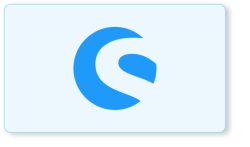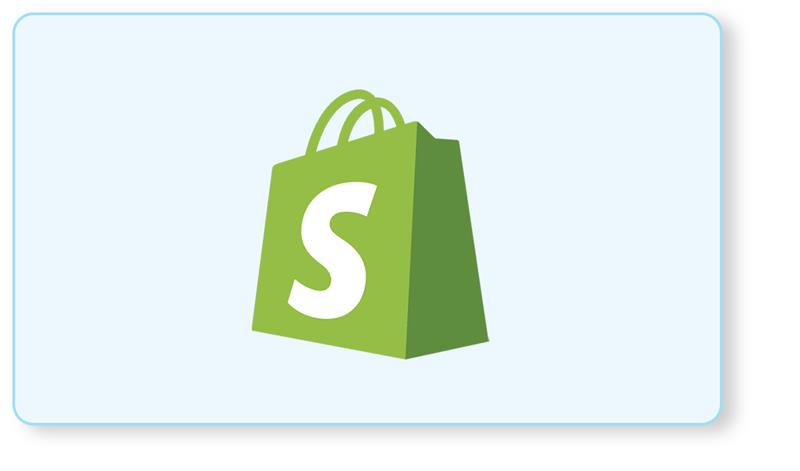If it seems too much work to navigate through a website, won’t you just find your way out for something more effortless or user-friendly? Every end user engaging in an online shopping experience wishes the same. So let’s check out the core fundamentals for boosting ROI and keeping your end-users or potential customers hooked.
While the internet is flooded with e-commerce sites and information about various products, it can lead to the loss of many leads and, as a result, even sales if such e-commerce businesses do not work on optimizing their pages. Optimizing the landing page can help optimize the e-commerce product page, which acts as a head honcho for boosting engagement and driving conversion.
Although it’s essential to keep your landing page all market-ready, the e-commerce product page is the actual real-time moodsetter for your D2C story. Imagine you’re trying to sell a new gadget. Your landing page is where you showcase the gadget’s unique features and benefits, USPs, and address pain points.
After successfully piquing your potential customer’s interest, the e-commerce product page is where you can showcase your gadget with detailed information, high-quality images, and customer reviews that help establish trust and credibility. This can ultimately lead your customer to hit the “add to cart” button.
E-commerce Page Optimization: Making Every Visit Count
The ultimate goal of running an e-commerce business is to increase conversions and drive more sales. One of the most effective ways to achieve this is by optimizing the e-commerce product page.
Think about it – when a potential customer visits your online store, the product page is where they decide whether to buy a product. It’s your chance to showcase your product, highlight its features and benefits, and address any concerns or objections your customer may have.
With the growth of e-commerce, businesses are looking for ways to optimize their product pages to increase conversions. E-commerce product page optimization is improving the product page’s design, layout, and content to enhance the customer’s shopping experience and increase the likelihood of making a purchase.
Let’s delve deep and explore some essential elements of e-commerce product page optimization that can help e-commerce businesses boost their conversions.
From Bounce to Buy: Best Practices For E-commerce Product Page Optimization
You’ve set up your online store and stocked it with amazing products, and now you’re ready to take the internet by storm. But there’s just one problem – your customers are bouncing off your product pages faster than a kangaroo on a trampoline. The truth is e-commerce can be a tough nut to crack. But with the right e-commerce product page optimization strategies, you can turn those bounces into buys!
Clear and compelling product title
The product title is the first thing that catches the customer’s attention. Therefore, it’s essential to have a clear and compelling product title that describes the product accurately. The product title should include the brand name, the product name, and any other relevant information to help the customer understand the product’s features and benefits.
High-quality product images
Product images play a crucial role in e-commerce product page optimization. Customers cannot touch or feel the product in an online store, so it’s essential to provide high-quality images that give them a clear idea of what they are buying. The images should be high-resolution, show the product from different angles, and provide a zoom-in feature to give customers a better view.
Detailed product description
A detailed product description is essential for e-commerce product page optimization. It should include all the relevant information about the product, such as its features, benefits, and specifications. The description should be easy to read, well-organized, and highlight the product’s unique selling points.
Clear and visible call-to-action (CTA)
A clear and visible call-to-action (CTA) is crucial for optimizing e-commerce product page pages. The CTA should be prominently displayed on the page, and the text should be clear and compelling. The CTA should also be designed to stand out from the rest of the page and use action-oriented words such as “Buy Now” or “Add to Cart.”
Social proof
Social proof is an essential element of e-commerce product page optimization. Customers are more likely to buy a product if they see that others have bought and reviewed it positively. Including customer reviews, ratings, and testimonials on the product page can help build trust and credibility with potential customers.
Mobile-friendly design
Mobile devices account for a significant portion of e-commerce sales. Therefore, it’s essential to have a mobile-friendly design for your e-commerce product page. The page should be optimized for mobile devices, and the design should be responsive to different screen sizes.
Fast page load speed
Page load speed is another critical factor in e-commerce product page optimization. A slow-loading page can cause customers to leave the site and increase the bounce rate. Therefore, optimizing the page load speed by minimizing the page size, compressing images, and leveraging browser caching is essential.
Effective e-commerce product page optimization involves various elements, from creating compelling product descriptions and adding high-quality images and videos to displaying social proof, user-generated content, and customer reviews.
By optimizing your e-commerce product pages, you’re not only improving the user experience and building trust and credibility with your customers but also increasing the likelihood that they’ll make a purchase. The more conversions you get, the more revenue your online store generates.
So, if you’re serious about growing your e-commerce business, and optimizing your product pages should be a top priority, then iCreative Technologies is here to help you. Contact us right away.





